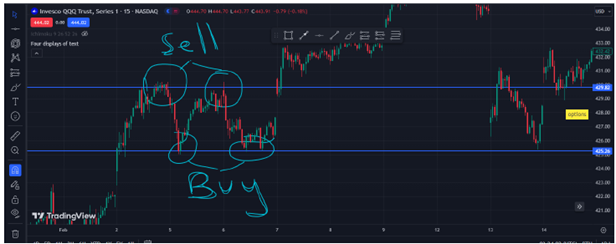Long straddles is an options strategy that is most effective when high volatility is present in the underlying stock. However, the movement in the underlying stock may not always cross the upside breakeven point (UBEP) or the downside breakeven point (DBEP). This creates a situation where investors can use gamma scalping, notes Aravind Siva, options trader.
scalping is when you buy or sell shares of the underlying stock to take advantage of the daily price fluctuations. The profits gained from gamma scalping are used to cover for the theta decay on the long straddle.
For example, if you purchase a long straddle for stock XYZ at a strike price of $100, and the UBEP is $105 and the DBEP is $95, XYZ must go above $105 or below $95 for the straddle to profit. But, in a scenario where XYZ stays in between those points, you could gamma scalp on XYZ.
If XYZ was bouncing around $97 and $103 every day, you could short XYZ when it reaches the $103 point or you could buy XYZ when it reaches the $97 point. Then, you could close the stock position when it goes to the other point. This helps you profit off of the smaller, daily fluctuations in XYZ while also covering your theta on the main XYZ straddle you are long.
Below is an example of strategic gamma scalping, after identifying key points of support and resistance. It shows the underlying Invesco QQQ Trust (QQQ) and where you might use gamma scalping if you were trading November 14 QQQ at the money (ATM) straddles.

Keep in mind that making a judgment strictly off of technical analysis is foolish, as stock charts rarely display what will happen exactly to a stock. It is important to also factor in your delta position when gamma scalping, as the deltas indicate a need for hedging and display a position’s risk.
So, gamma scalping with stock to maintain your deltas near 0 will naturally hedge your position, and employing technical analysis is a great supplement to this strategy. Considering the daily range of the underlying stock is also important, as it tells you the frequency at which to gamma scalp. Lower ranges in the stock mean you need to gamma scalp more frequently, and higher ranges mean a lower frequency of gamma scalping can be employed.


















